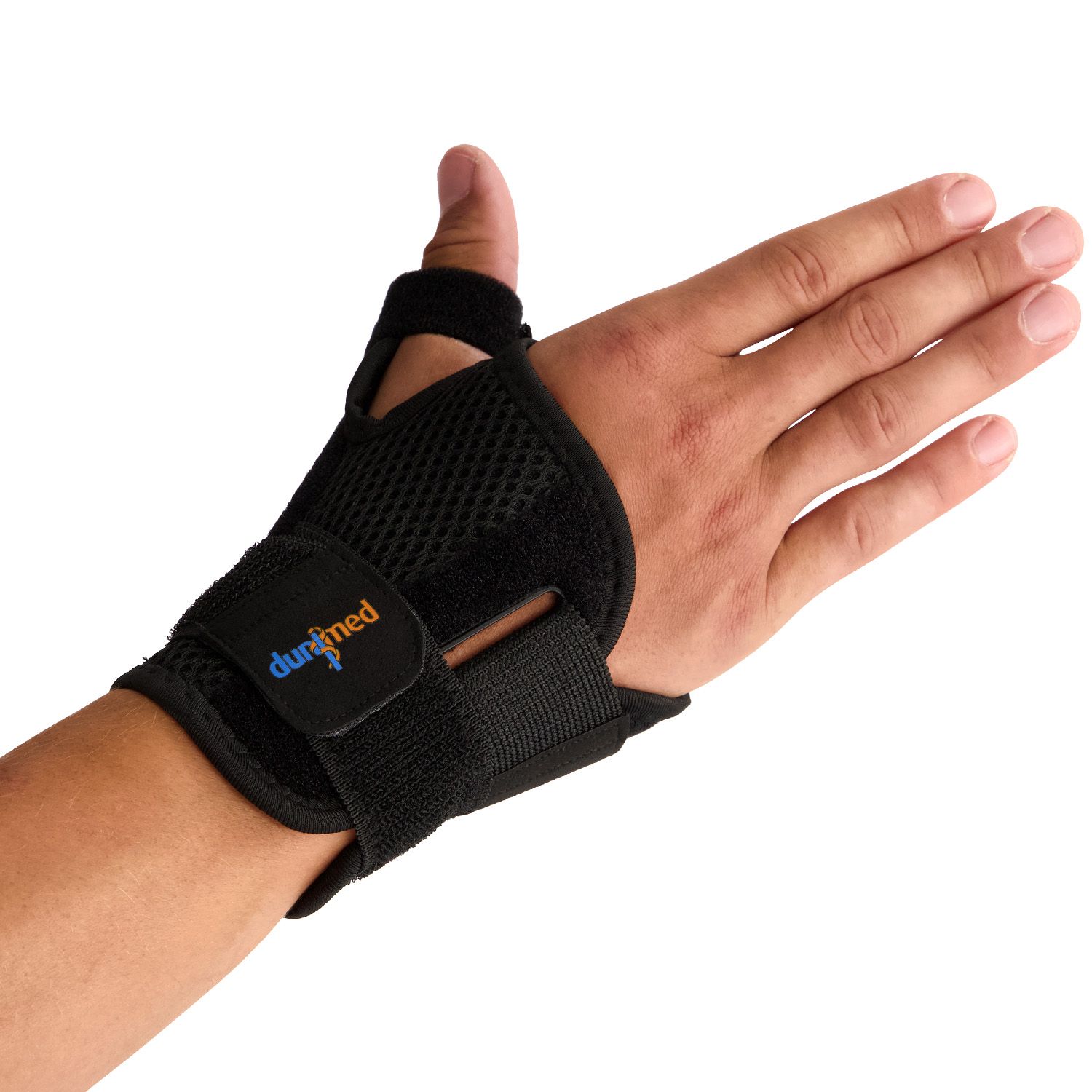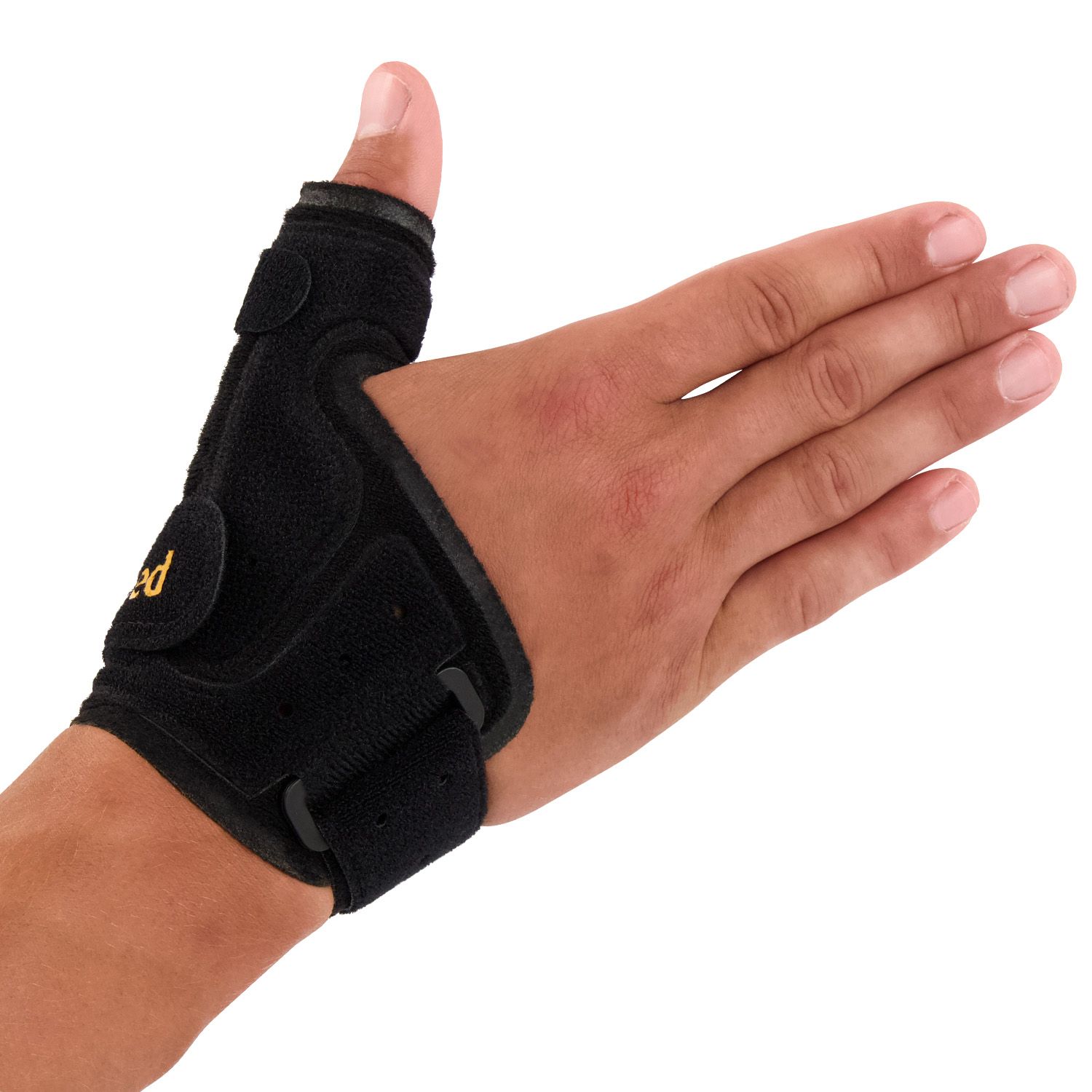Joint Capsule Problems - Specifically in the thumb saddle joint (CMC -I)
The saddle joint of the thumb is highly mobile, which allows the thumb to move in various directions. Because the joint has relatively weak ligaments and a loose joint capsule, it can easily become unstable. As a result, the thumb may frequently dislocate. In severe cases, the instability can make it difficult to grip objects properly. The pain is usually located below the base of the thumb.
Cause of instability in the thumb saddle joint
Thumb saddle joint instability usually results from congenital ligament laxity, dislocation of the thumb base, or trauma involving the joint structures. During examination, the degree of instability is assessed, along with any signs of joint degeneration.
Treatment of instability in the thumb saddle joint
Splinting the thumb is not a permanent solution, as long-term use can lead to muscle weakness and increased instability. However, splints can be a helpful supplement, especially after a dislocation or before surgery. During surgery, a new ligament is created using a portion of your flexor or extensor tendon. This tendon graft is pulled through a drilled hole and attached to the extensor tendon. This creates a new, sturdy ligament that helps hold the thumb saddle joint in place.
Aftercare for instability in the thumb saddle joint
As with any surgery, complications such as bleeding, tissue damage, anaesthesia-related problems, thrombosis, wound infection, or pneumonia can occur. Fortunately, these complications are rare and can be treated effectively. In some cases, the ligament reconstruction may be too loose and continue to cause issues. After about three weeks in a cast following surgery, you will receive a removable splint from your therapist. You may also choose to use a brace to support rehabilitation and prevent complications. At Podobrace, we offer a wide range of thumb braces that can provide support for this condition.

Bauerfeind ManuLoc Rhizo Wrist / Thumb Support
Protection level 3
Novamed Thumb Support / Wrist Splint

Super Ortho Thumb Support CMC

Dunimed Premium Thumb / Wrist Support

Dunimed Manu Thumb Support

Dunimed Thumb / Wrist Support (in Black and Beige)

Gladiator Sports Thumb / Wrist Support

- Physiotherapist
- Sports podiatrist
- Manual therapist
- Podopostural therapist
- Myofascial dry needling specialist


